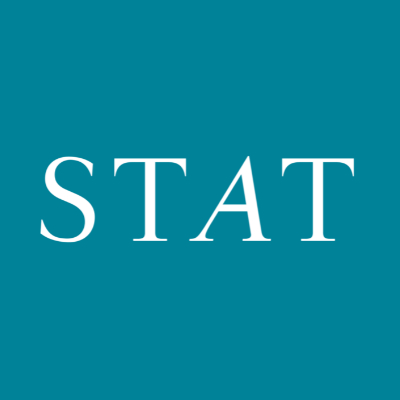 Stat (News) Article Rating
Stat (News) Article RatingHow abortion access changed in the first year after Roe v. Wade, in 7 charts
- Bias Rating
6% Center
- Reliability
45% ReliableAverage
- Policy Leaning
50% Medium Conservative
- Politician Portrayal
-55% Negative
Continue For Free
Create your free account to see the in-depth bias analytics and more.
Continue
Continue
By creating an account, you agree to our Terms and Privacy Policy, and subscribe to email updates. Already a member: Log inBias Score Analysis
The A.I. bias rating includes policy and politician portrayal leanings based on the author’s tone found in the article using machine learning. Bias scores are on a scale of -100% to 100% with higher negative scores being more liberal and higher positive scores being more conservative, and 0% being neutral.
Sentiments
N/A
- Conservative
| Sentence | Sentiment | Bias |
|---|---|---|
Unlock this feature by upgrading to the Pro plan. | ||
Reliability Score Analysis
Policy Leaning Analysis
Politician Portrayal Analysis
Bias Meter
Extremely
Liberal
Very
Liberal
Moderately
Liberal
Somewhat Liberal
Center
Somewhat Conservative
Moderately
Conservative
Very
Conservative
Extremely
Conservative
-100%
Liberal
100%
Conservative

Contributing sentiments towards policy:
46% : Search interest on Google for contraceptives in these states was notably higher than in other states according to research published earlier this year, likely reflecting concerns among residents about future access to abortion or contraceptives.45% : A few other states had laws banning or restricting abortion already on the books and which became enforceable when federal protections ended.
43% : These shield laws are intended to provide legal protection to abortion providers who treat residents of states where abortion has been restricted.
43% : Meanwhile, states where abortion remains legal have seen an increase in the number of abortions performed.
42% : Laws banning or restricting abortion are having their intended effect.
39% : In North Carolina, the legislature recently overrode their governor's veto of a bill that bans abortion after 12 weeks.
38% : Currently, abortion is banned or unavailable in 14 states and is restricted to varying degrees in 11 others according to a dashboard of state laws maintained by the Kaiser Family Foundation.
38% : This likely reflects people traveling from nearby states that have restricted or banned abortion.
*Our bias meter rating uses data science including sentiment analysis, machine learning and our proprietary algorithm for determining biases in news articles. Bias scores are on a scale of -100% to 100% with higher negative scores being more liberal and higher positive scores being more conservative, and 0% being neutral. The rating is an independent analysis and is not affiliated nor sponsored by the news source or any other organization.





















